Recap: US Adaptive Climbing Nationals
By Aika Yoshida
What are the US Adaptive Climbing Nationals like? Well, very different from other rock climbing competitions…
All climbing comps have amazing positive energy. There is loud cheering from the audience. Since the spectators are generally comprised of mostly climbers, you can feel this positive energy peak at critical moments during the competition when climbers are at the crux. However, at adaptive climbing competitions you see something else – climbers with various physical disabilities. There are climbers with prosthesis, braces, canes, walkers, wheel chairs, and service dogs. And there are some climbers with non-apparent physical disabilities – the so-called “invisibile disabilities”. Another difference is the number of volunteers and the amount of discussion amongst the climbers helping each other with beta.
On June 24th, I competed in the 4th US National Competition held in Boston. It was the largest one to date, representing more states and various countries. There were over 60 adaptive climbers in the following categories (male and female): lower extremity amputee, upper extremity amputee, blind, neurological physical disability, seated and youth. For the competition, we had 3.5 hours to climb 60 rated climbs with different points depending on difficulty. This allowed for multiple attempts, all on top rope. The US National Comp is a ‘Red Point system’, which means you get to watch other climbers, and also are allowed to share route information. At the end, we sum up the athlete’s top 3 scores to determine the placement within each category.
“Adaptive, Adaptive & many Adaptations…” which means providing, contributing to, or marked by adaptation: arising as a result of adaptation. Climbing, whether you have disability or not, is about facing and solving the obstacles. However, adaptive climbers may need to be more creative because of their unique bodies. Watching others working through his/her own challenges on the wall enhances the positive atmosphere. It’s rewarding to see how adaptive climbers figure out the difficult move. Learning from each other adds to the camaraderie. For example, there was a route where I kept falling at the very top. I couldn’t figure out how to pinch a hold with the limited use of my right thumb. I watched another climber who was in another category – the upper extremity amputee category (also right arm being affected) struggling at the same move. We have two completely different disabilities, but we adapted similarly and got to share beta. This is what I love about this adaptive climbing community. It doesn’t matter what you have or don’t have; we just focus on our abilities and challenge ourselves on the wall. Most of all, we just love climbing.
Whether the classifications are fair or not is a difficult question raised by many climbers and spectators. As adaptive climbing is still a developing sport, many national and international federations are constantly working on addressing this question. However, since every climber is unique, so are all (dis)abilities. There is no way to make everything completely fair unless everyone has his/her own category, but then it won’t be a competition. Even so, there are some athletes and spectators who question the classification and its fairness. I observed many strong adaptive climbers who accept their placement as it is and congratulate the other medalists. This is what I see as a true athlete and example of sportsmanship. I believe this attitude is what can make this community grow. The Japanese poet Mitsuo Aida once said, “Because some lose, some can win.”
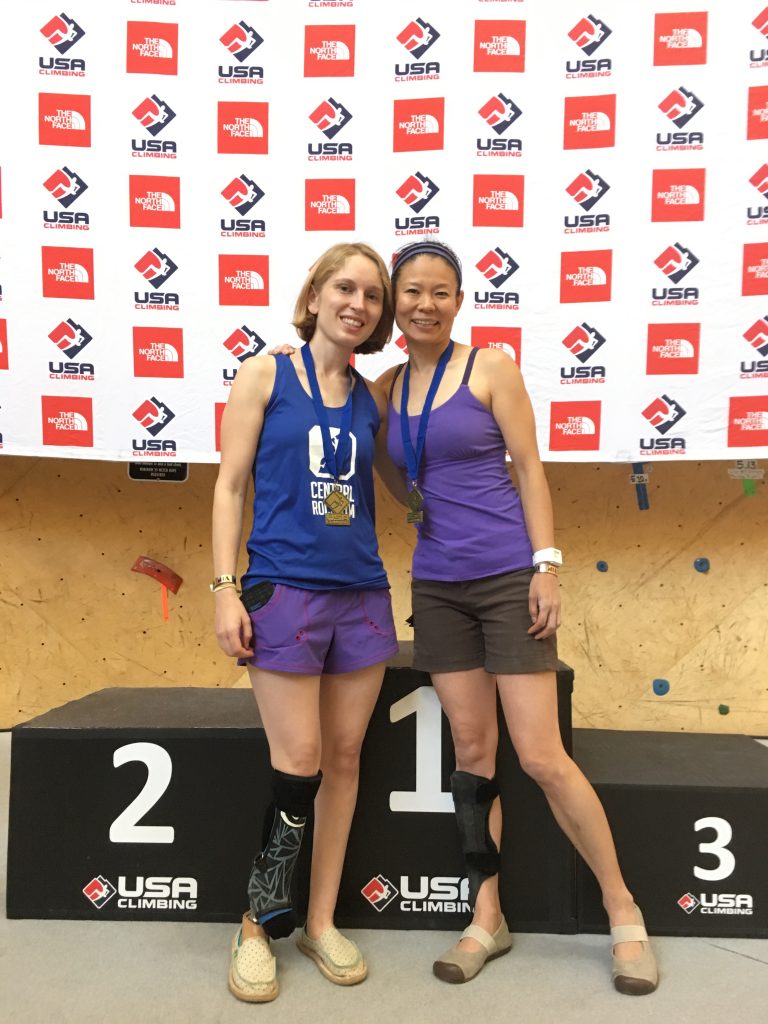


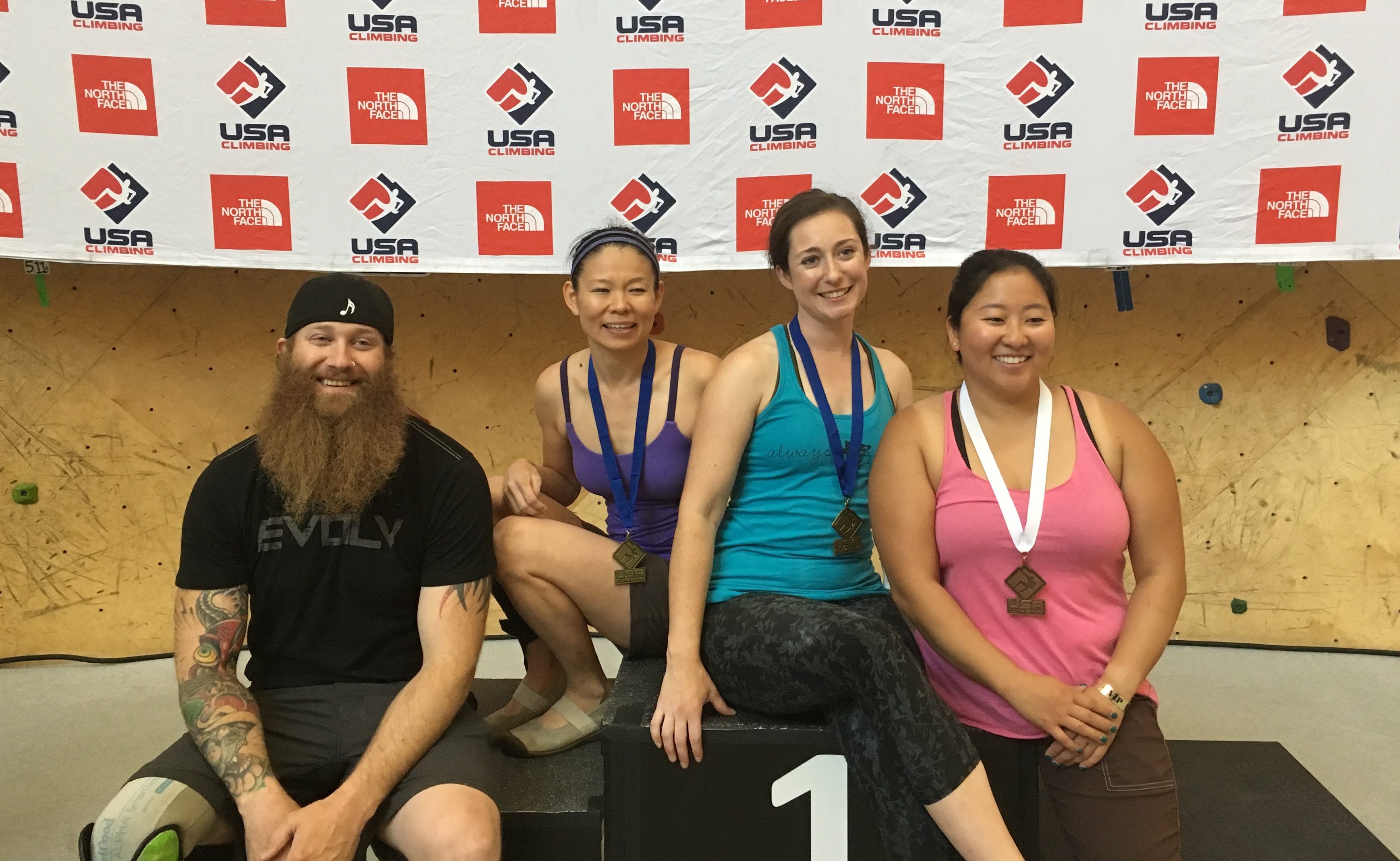
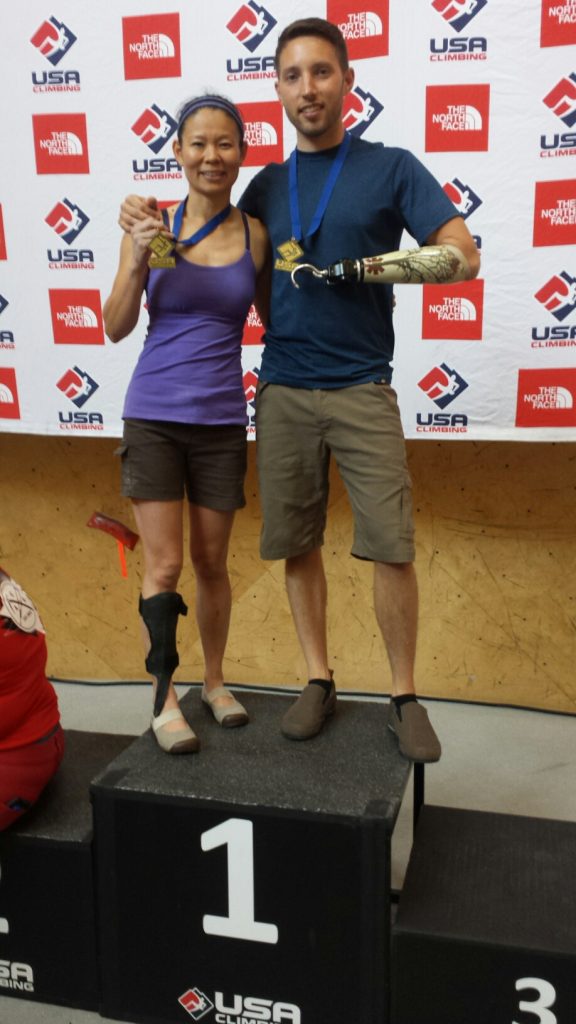
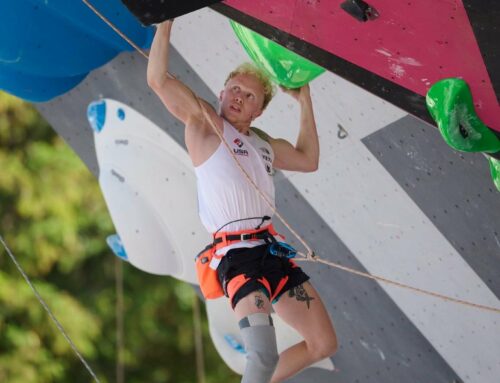
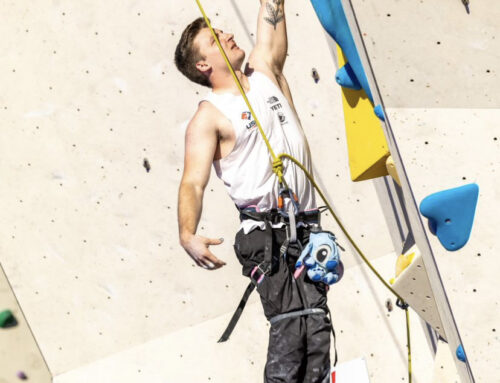
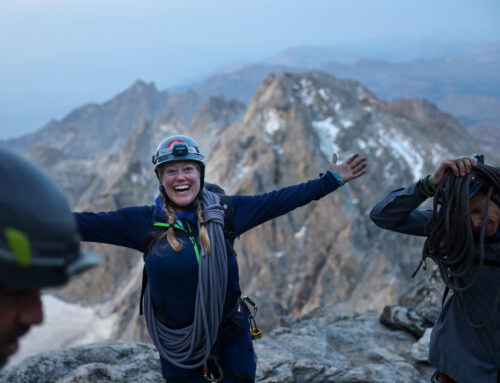
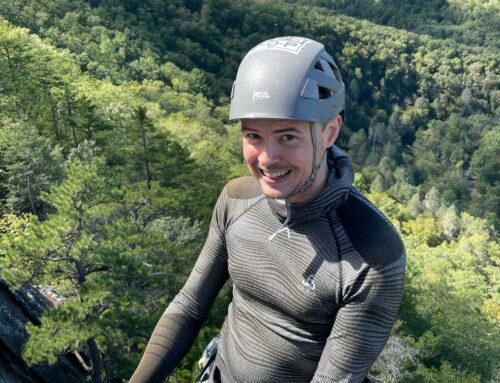
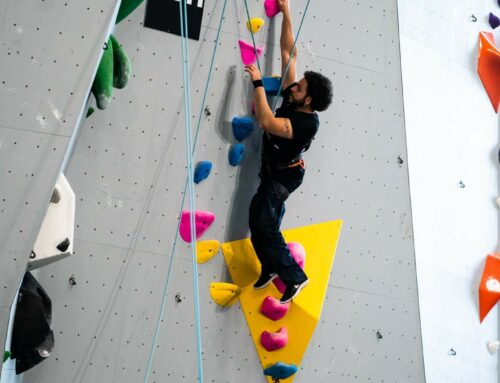
Leave A Comment
You must be logged in to post a comment.